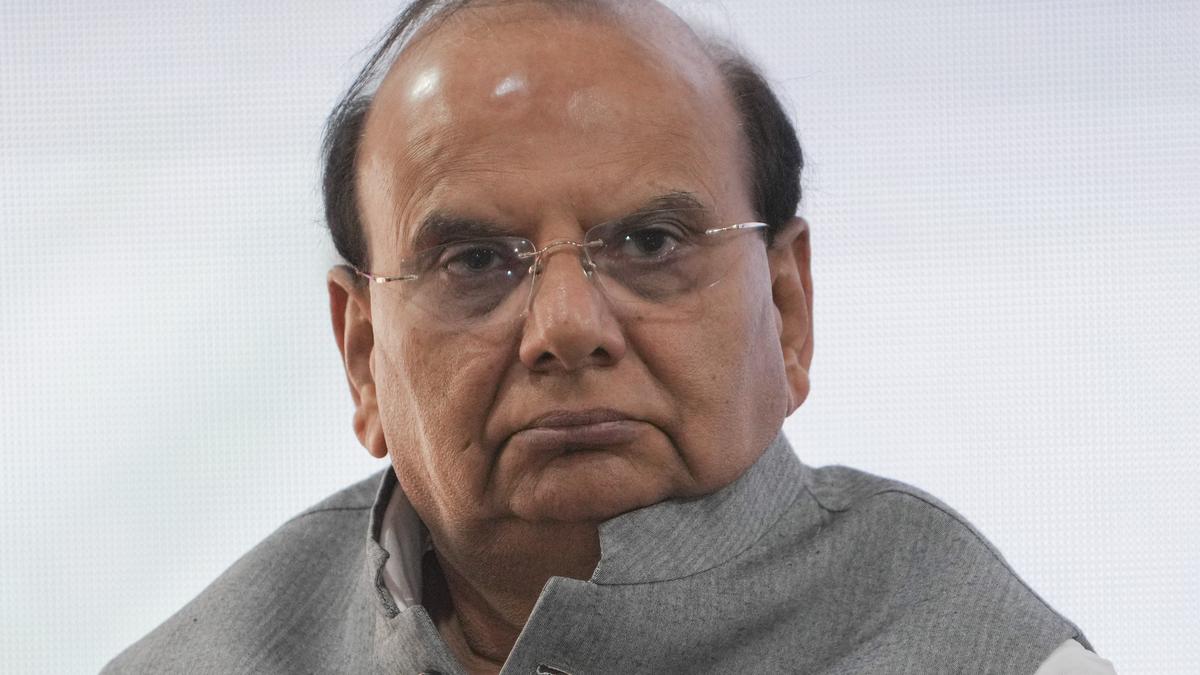 |
|
The Yamuna River, a lifeline for Delhi, has long suffered from severe pollution. The recent announcement by the Lieutenant-Governor’s office of a three-year plan to rejuvenate the river marks a significant step towards addressing this pressing environmental issue. The plan, which has already begun implementation, encompasses a multi-pronged approach designed to tackle the root causes of the river’s degradation. The initiative is noteworthy not only for its ambitious timeline, but also for the collaborative effort it necessitates across various Delhi government departments. Success hinges on effective coordination between the Delhi Jal Board (responsible for water management), the Irrigation and Flood Control Department, the Municipal Corporation of Delhi (responsible for waste management), the Environment Department, the Public Works Department (responsible for infrastructure), and the Delhi Development Authority (responsible for urban planning). This inter-departmental collaboration is crucial for streamlining efforts and avoiding jurisdictional conflicts that can hinder progress.
A key component of the plan is the immediate removal of trash, garbage, and silt from the Yamuna River itself. This is a physically demanding undertaking, requiring significant manpower and resources. Simultaneously, the clean-up extends to major drains, most notably the Najafgarh drain, a significant contributor to the Yamuna's pollution. Addressing pollution at its source is crucial. The plan also focuses on improving the capacity and output of existing sewage treatment plants (STPs). This is vital for reducing the amount of untreated sewage that flows into the river. The plan anticipates a potential shortfall in treatment capacity of approximately 400 million gallons per day (MGD) and proposes the construction of new STPs or decentralized sewage treatment plants to address this deficiency. The timely construction and implementation of these plants are critical for the long-term success of the project. Moreover, the Delhi Pollution Control Committee will play a vital role in monitoring and regulating industrial waste discharge into the city's drainage systems.
The political context of this initiative cannot be ignored. The project’s launch follows criticism of the previous Aam Aadmi Party (AAP) government’s perceived lack of progress on Yamuna cleanup. The BJP, prior to recent Delhi elections, had pledged a significant cleanup effort, drawing parallels with the Sabarmati Riverfront Development in Gujarat. This adds another layer of complexity to the project, as its success will be closely scrutinized politically. The involvement of the National Green Tribunal (NGT) further emphasizes the legal and environmental ramifications of the project. The NGT had previously established a High-Level Committee to oversee cleaning operations; however, a legal challenge by the AAP government led to a temporary stay on the NGT's order. This highlights the legal and political hurdles that such large-scale environmental projects often face. The long-term success of the project is contingent upon consistent political will, sustained funding, and effective inter-agency collaboration. Regular monitoring and public transparency are vital to ensure accountability and build public trust.
The three-year timeline presents a significant challenge. Similar projects in other parts of the world have often taken much longer, facing unforeseen delays and technical challenges. The scale of pollution in the Yamuna is considerable, and complete remediation within three years is ambitious. However, the commitment to a specific timeframe adds a sense of urgency and may serve as a catalyst for efficient implementation. The project’s success will not only depend on the technical aspects of cleanup, but also on public awareness and engagement. Encouraging responsible waste disposal practices and reducing individual pollution contributions are critical elements. Furthermore, the sustainability of the project after the initial three-year period is crucial. A robust maintenance plan must be in place to prevent the river from reverting to its previously polluted state. This involves continuing monitoring, addressing ongoing pollution sources, and educating the public about responsible water usage. The Yamuna clean-up project is a complex and challenging undertaking, requiring a multi-faceted approach and sustained commitment from all stakeholders.
In conclusion, the Yamuna clean-up initiative represents a bold attempt to revitalize a vital waterway. The three-year plan, encompassing a wide range of actions from physical cleanup to improved sewage treatment and stricter industrial waste regulation, demonstrates a comprehensive approach. However, the project's success will depend on sustained political will, effective inter-agency cooperation, sufficient funding, rigorous monitoring, and strong public engagement. The three-year timeframe is ambitious, and while significant challenges remain, the initiative provides a crucial opportunity to restore the health of the Yamuna and improve the quality of life for the millions who live in Delhi.
Source: Yamuna clean-up begins; river to be rejuvenated in 3 years: Raj Niwas
